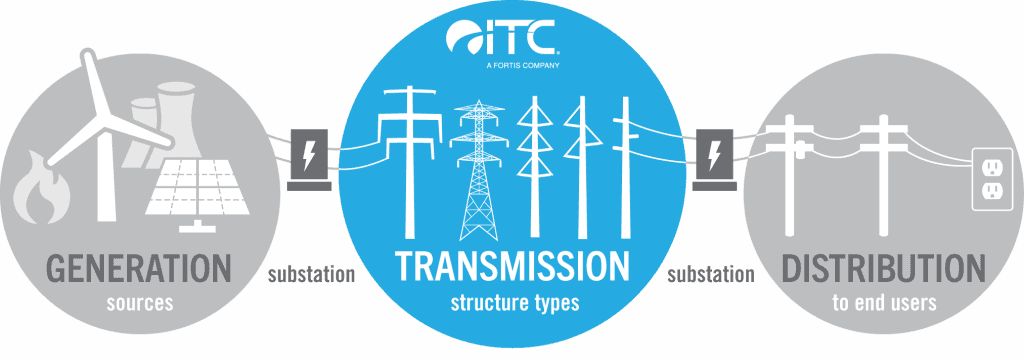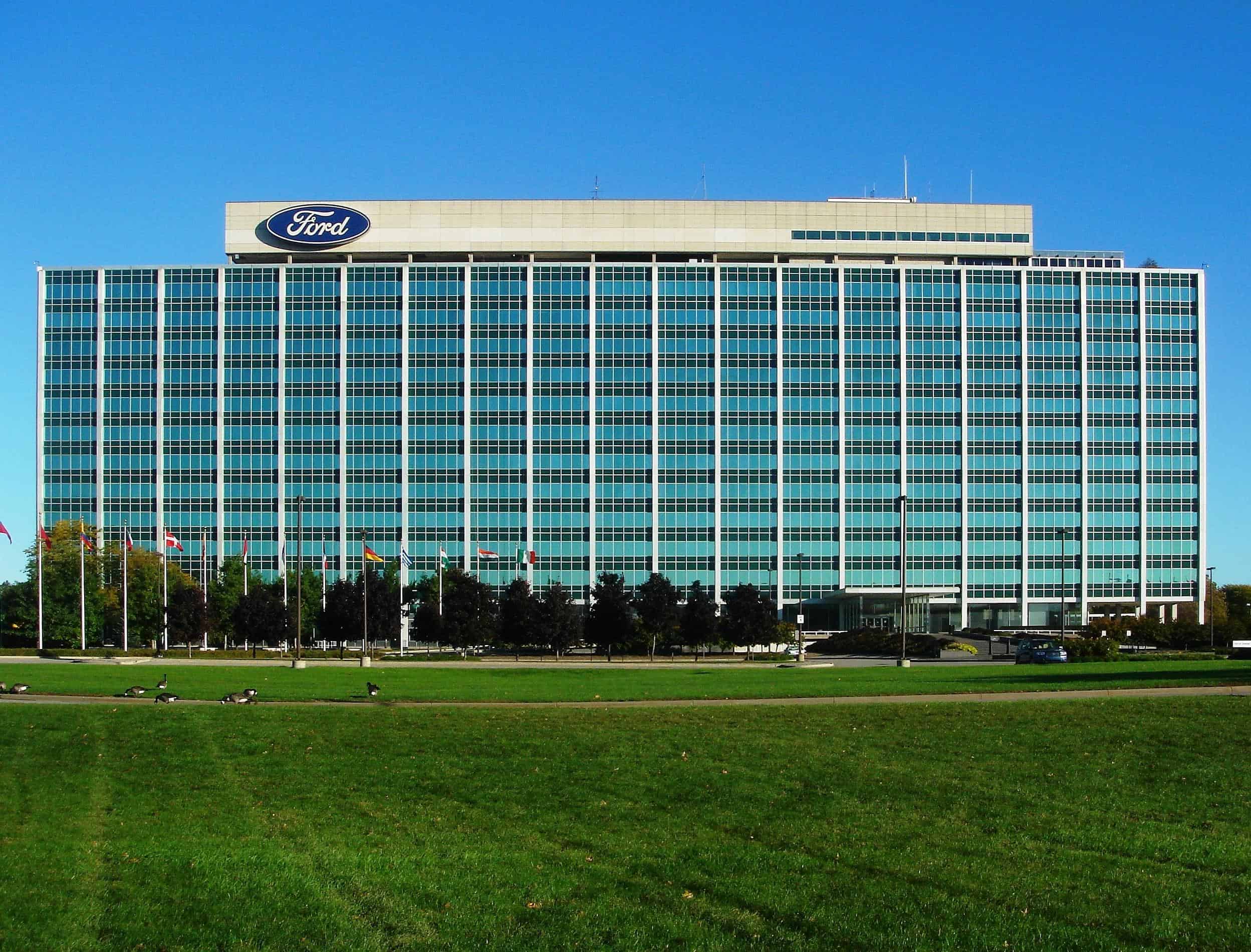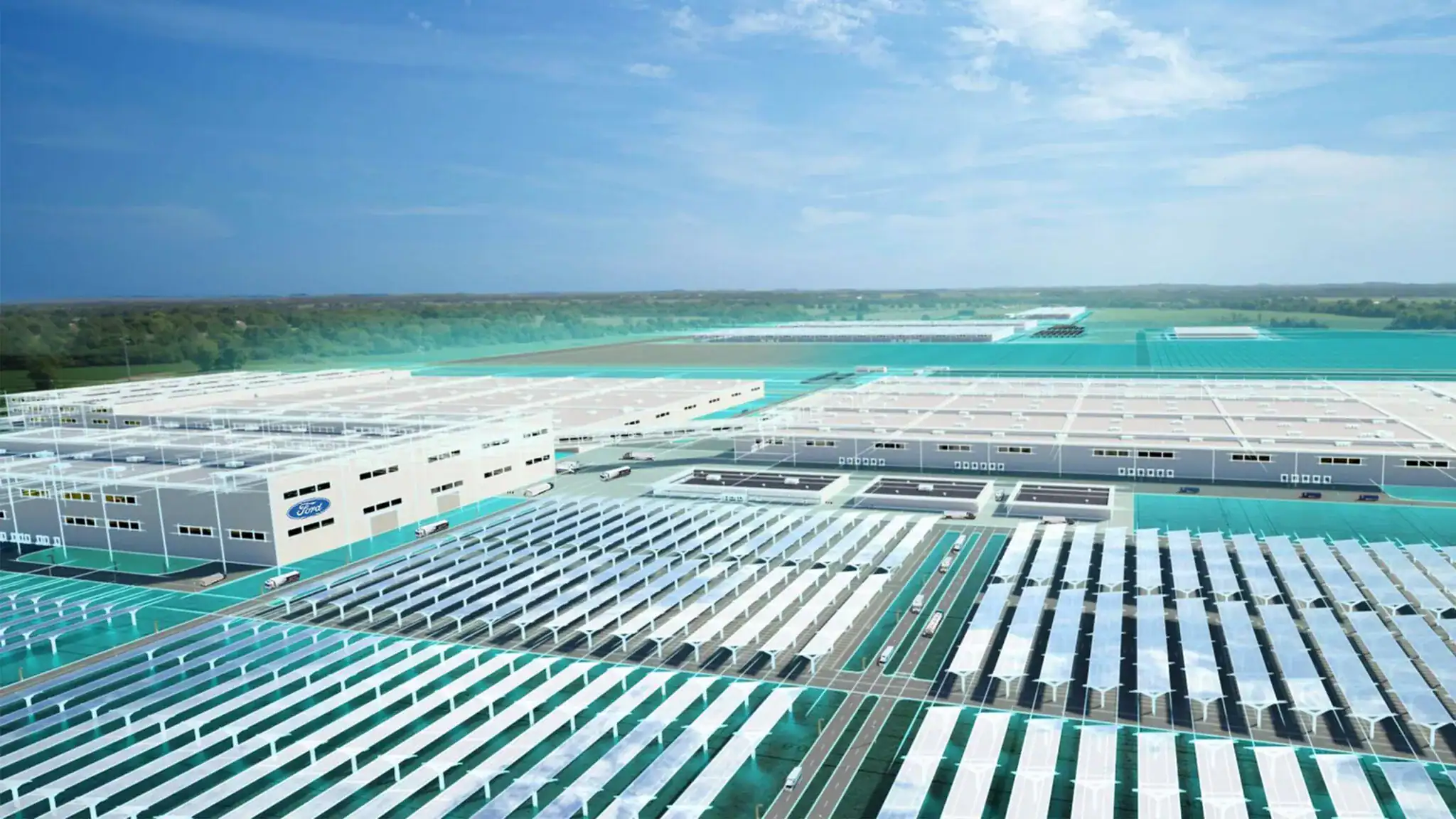Electric mobility has been relegated to the background with the emergence of new zero-emission and alternative fuels. One of the latest developments, however, has had unexpected results: China has just beaten its own EVs with a technology that Japan and Germany are disputing, and which Elon Musk wants nothing to do with. Do you know what it is? We show you the fuel that has experts in shock about its provenance.

China wants to lead “blue mobility”: No more EVs with this new fuel they have yet to develop
China has now published the first ever blueprint for hydrogen development, with the Medium and Long-Term Plan for Hydrogen Energy Industry Development (2021-2035). This paradigm document outlines targets for the hydrogen systems in the country up to 2035 and is critical toward hydrogen positioning in China’s energy transformation and carbon neutrality plan.
The plan outlines four key tasks for the development of the hydrogen industry in China:
- Strengthening institutions that shape the development of innovation for the purpose of improving quality.
- Organizing and publicizing the construction of hydrogen energy systems.
- Advancing demonstration projects and variety of uses.
- Improving policies and standards.
China is developing hydrogen on a large scale: More than 30 million tons for this project
Currently, China turns out 33 million tons of hydrogen annually and remains one of the global leaders in this sphere, and the country plans to increase its share of renewable hydrogen. By 2025, the country aims to produce 100,000–200,000 t/an of renewable hydrogen (3.67 TWh), or 1.3 GW of electrolysis capability.
Also laid out in the plan is the goal to reach 50,000 FCEVs by 2025, up dramatically from today’s 7,800 vehicles, chiefly buses and trucks. To facilitate such growth, more hydrogen refueling stations within China will be established. Several major Chinese automakers and tech companies are already making strides in the hydrogen vehicle space:
- Chinese electric carmaker BYD which has set its sights on electric vehicles, has recently introduced its first car powered by hydrogen, the Han sedan, and plans to introduce more cars that use hydrogen in the future.
- Smartphone manufacturer Xiaomi reveals plans to compete with Tesla and BYD to start production of electric and hydrogen vehicles
- Toyota and the China-based hydrogen fuel cell engine manufacturer Beijing SinoHytec have signed a 50/50 joint venture agreement for the manufacture of fuel cells in China.
The hydrogen roadmap, in some keys: Towards a more sustainable, competitive future
While China’s hydrogen roadmap sets ambitious goals, there are still challenges to overcome, such as high production costs and the need for further development of infrastructure and standards. One problem is the competition with other brands, like Hyundai, that are still developing hydrogen engines for their FCEVs.
However, the country’s strong government support, huge market potential, and growing investment in hydrogen projects present significant opportunities. China has already initiated a four-year program to support local governments in researching hydrogen technology and developing demonstration projects.
Electric mobility has been relegated to the background with the emergence of new zero-emission and alternative fuels. One of the latest developments, however, has had unexpected results: China has just beaten its own EVs with a technology that Japan and Germany are disputing and which Elon Musk wants nothing to do with. Do you know what it is? We show you the fuel that has experts in shock about its provenance.
As you can see, the first Chinese hydrogen engines are getting closer and closer, although the country has preferred not to be too ambitious and go slower in this new revolution. The massive accumulation of raw materials proves it, something we should do in America with a solid and diverse network of refueling stations for FCEVs, or we will be left behind in this new race (even if it sounds redundant).
Read Ecoticias for more information.






